Being immersed in the fitness industry provides me with a ton of different opportunities to experience different techniques, methodologies, and products. I recently had the privilege of a...
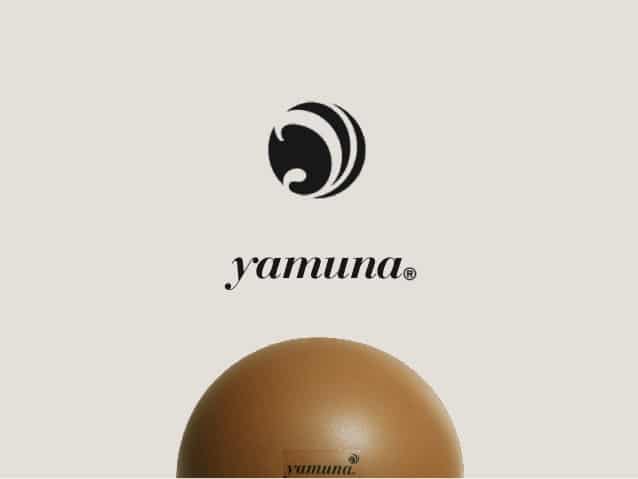

Being immersed in the fitness industry provides me with a ton of different opportunities to experience different techniques, methodologies, and products. I recently had the privilege of a...
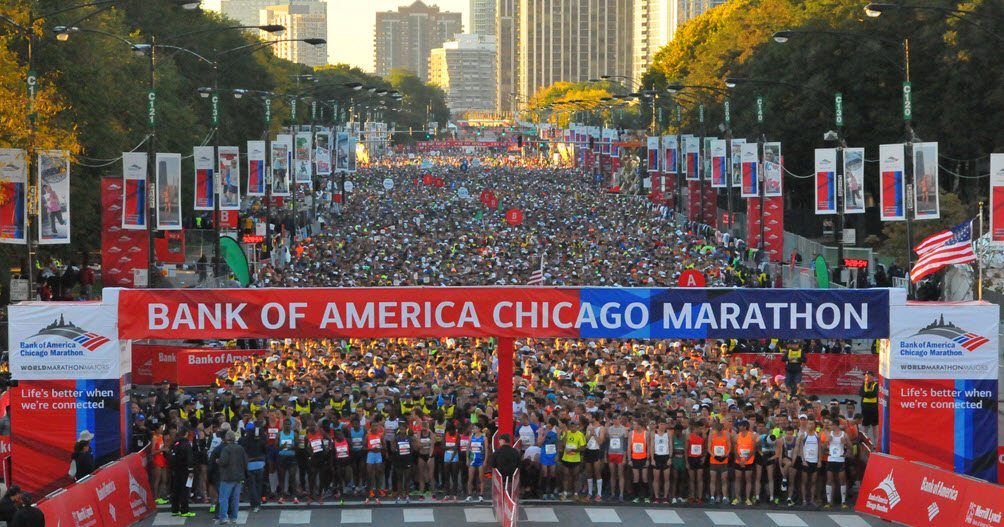
Leading up to the Chicago Marathon 2016 The Chicago Marathon provides an excellent course, plenty of support and, for me, a chance to visit home for a few days. It was no different for me this...

September 25 was going to be my day. The Ironman Augusta 70.3 triathlon was finally here. The race I had been training so hard for on one of my favorite courses. It was four-and-a-half months...
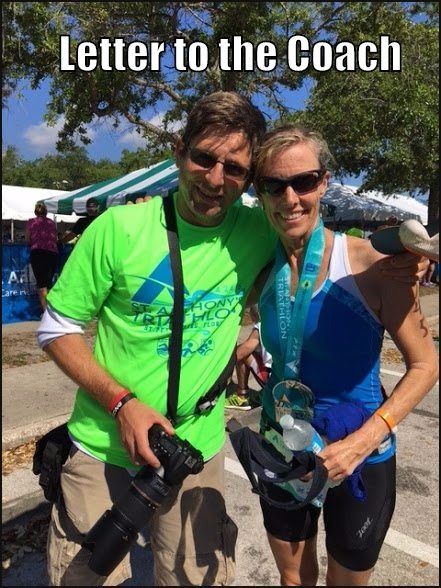
I have been an endurance coach for some time now. Once in a while, I receive an email from a client which chokes me up with pride. Today, I received one of those letters, so instead of sharing it...
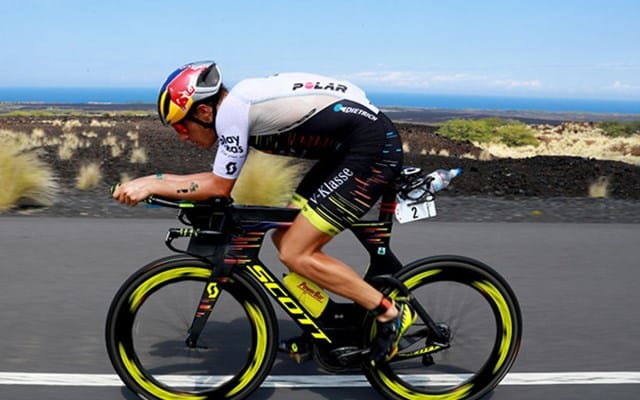
I found when looking for ways to get faster on the bike, is that there is so much information, from different coaches and experts, that it can be confusing and overwhelming. Personally, I...

The previous post was a review of the FD3 Triathlon Series as if it was a product. Below you will find a more detailed account of my personal experiences during the race. Let me know in the...
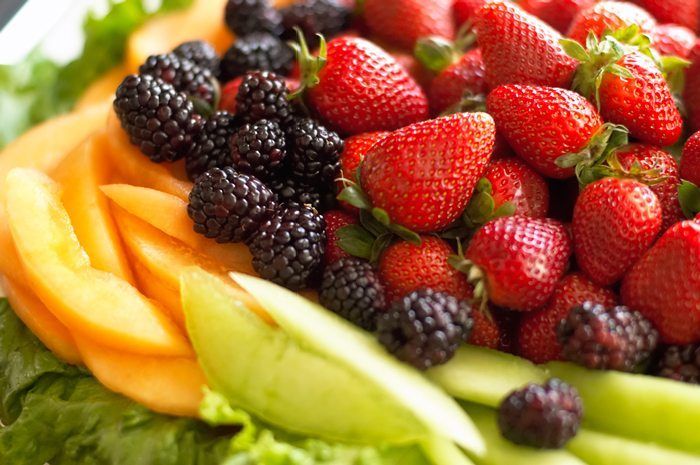
All facets of training whether you are a runner, triathlete, tennis player, crossfitter, or weekend warrior have a dependency on diet. As medical technology continues to increase the ability to test for different components of our blood, tissue and muscles the evolution of new diet trends will continue.
As an endurance athlete I have depended on Nutrition timing during training and long events, but recently I have been doing some experimenting. The question I have: when does timing of nutrition make sense and how so.
I recently went out for a 12 mile run with a friend and did so with only my daily regimen of vitamins and such. Usually, I would be packed with gels, electrolytes and water, but this time I was armed with only the water fountains on the course. I was shocked when we finished 12.5 miles and I felt fine. I continued to be mindful when I realized that even afterward I didn’t feel the effects of this long run like I usually would.
It is true, that I continue to benefit from my Ironman training from last year, as I continue to maintain at least my long runs. However, I usually would always prepare for runs over 6 miles with, what I thought was the appropriate nutrition. I am now questioning that especially after doing some more research.
Nutrient timing simply means eating specific nutrients (such as protein or carbs)… in specific amounts… at specific times (such as before, during, or after exercise).
In the early 2000s, with the publication of Nutrient Timing: The Future of Sports Nutrition by Drs. John Ivy and Robert Portman, the trend of all following publications became Nutrition Timing.
Since then, there have been discoveries that some of those early studies had design flaws or weaknesses.
Interestingly, as more long-term data appeared, nutrient timing started to seem like less of a universal solution. Sure, there were still strong indications that it could be useful and important in certain scenarios.
Unfortunately very few people talk about the flip side: Further research, using similar protocols, failed to find the same effect. See what I mean about new technology dictating new results?
For example, most of us have heard the Holy Grail of nutrient timing research has been something we call the post-workout “anabolic window of opportunity.”
The basic idea is that after exercise, especially within the first 30-45 minutes or so, our bodies are greedy for nutrients.
In theory, movement — especially intense movement, such as weight training or sprint intervals — turns our bodies into nutrient-processing powerhouses.
During this time our muscles suck in glucose hungrily, either oxidizing it as fuel or more readily storing it as glycogen (instead of fat). And post-workout protein consumption cranks up protein synthesis.
In fact, one study even showed that waiting longer than 45 minutes after exercise for a meal would significantly diminish the benefits of training.
With these physiological details in people’s minds, it became gospel that we should consume a fast-digesting protein and carbohydrate drink the minute our training ended.
Or, even better, immediately before training.
The only problem: research supporting this idea was short-term.
And just because we see positive effects in the short-term (like, in the next half-hour) doesn’t mean these effects will contribute to long-term results (like, in 3 months).
In fact, recent longer-term studies, as well as two incredibly thorough reviews, indicate that the “anabolic window of opportunity” is actually a whole lot bigger than we used to believe.
It’s no longer like the 1 inch cellphone screen that you practically have to squint to see. It’s a huge, smartphone like LCD screen.
This is just one of the areas that have been re-researched with new technology. To keep this post as short as possible below are some other aspects of nutrition timing I have found.
–IronGoof

I personally have been involved with charities that specifically relate to Cancer for over a decade now. With that in mind and the fact the my friend Ben Mena has taken on a challenge with the The Little Things for Cancer and created a team to run the Marine Corps Marathon, I thought this would be an appropriate time to incorporate a guest post by my friend David Haas. His bio is at the bottom of the post, but he is very active in creating awareness and outreach for Mesothelioma. Enjoy this great article and pass it on to anyone you know that cane be of benefit. Carpe Viam!
Nutrition plays an important role in helping to prevent many types of cancers, but it also plays a major role for those going through cancer treatments and therapies. Eating the right foods can help you maintain your energy levels, gain needed strength to go through treatment and improve your quality of life. However, vicious side effects such as nausea, loss of appetite and extreme fatigue can seriously affect your ability to eat.
Learning how to side step these problems and improve your nutrition can make cancer treatments easier to handle.
Nausea
Common cancer therapies such as surgery, radiation or chemotherapy often result in nausea. Since weight loss can lower immune system function, sap your strength, and lower your vitality, it’s particularly important to learn how to improve your nutritional condition when nauseated.
Start by eating smaller meals more frequently throughout the day. Sipping carbonated beverages, using foods or drinks that contain ginger; sipping clear soups and avoiding spicy foods can also help. It’s also important to stay hydrated, so focus on foods that contain plenty of liquids such as puddings, custards and creamy soups.
Loss of Appetite
The stress and emotional upheaval that comes with a cancer diagnosis can seriously affect your desire to eat. Uncertainty, fear of the unknown and strained family relationships only adds to the burden. Even if you don’t feel hungry, it’s important to eat a balanced diet that’s high in protein, fruits and vegetables. The University of Arizona Cancer Center suggests you take advantage of the time of day when your appetite is best.
Focusing on higher calorie foods for both meals and snacks will help because you won’t need to eat as much volume. Try adding fortified protein powders to milkshakes, snack on cheese and nuts, and add sauces or extra fats to your vegetables. Making sure you exercise everyday can also help to increase your appetite.
Fatigue
When you’re tied and worn out due to anxiety, medication, or treatment, poor nutritional practices only makes the depression or dragged out feeling worse. Getting plenty of liquids, exercise, and nutrient-dense foods in the form of colorful fruits and vegetables are important to keep the fatigue from getting you down.
While some causes of fatigue from cancers can’t be avoided, like the symptoms of mesothelioma, make sure you’re eating plenty of iron-rich whole-grain cereals, getting adequate sleep and eating enough protein foods such as eggs, beans and dairy. While paying attention to nutritional details can feel like it’s more trouble than it’s worth, keeping your nutritional intake high during cancer treatments can give you that extra edge you need to survive.
David Haas
Joining the MCA in 2011, David Haas is the Director of Awareness Programs. In addition to researching much of the information available to our site’s visitors, David often blogs about programs available and campaigns underway at the Mesothelioma Cancer Alliance. David is a fitness enthusiast who frequently runs, climbs, and bikes for enjoyment. He is also very involved in outreach associated with awareness about the dangers of asbestos for many different organizations and groups of people.
to researching much of the information available to our site’s visitors, David often blogs about programs available and campaigns underway at the Mesothelioma Cancer Alliance. David is a fitness enthusiast who frequently runs, climbs, and bikes for enjoyment. He is also very involved in outreach associated with awareness about the dangers of asbestos for many different organizations and groups of people.
Read more: http://www.mesothelioma.
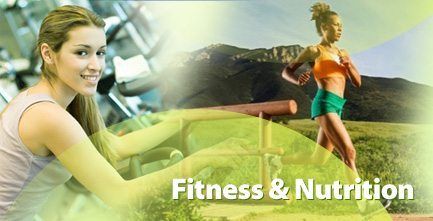
~This is a guest post by a friend of mine, Dr. Karen Danish, LAP ~Enjoy!~
It’s difficult to talk about nutrition without fitness, and fitness without nutrition. They go hand-in-hand, and help balance each other out, creating a healthy body and mind. Proper nutrition fuels the muscles to help us power through not only tough workouts but our day-to-day activities. Nutrition, by definition, is a process the body uses to digest food and use it for energy, growth and development. Fitness describes our body’s ability to process energy in the most efficient way possible. It covers a wide range of topics including endurance, body composition, strength and flexibility. Without proper nutrition, our bodies have the inability to work on fitness levels. See? You just can’t talk about one without the other. Here, we’ll talk a little bit more about how nutrition helps your fitness, how a lack of nutrition hurts it, and why exercise alone isn’t enough.
Have you ever heard, “You are what you eat?” It’s true, especially when discussing nutrition and fitness. And it’s pretty simple. Eating bad food makes you feel bad, and eating lots of good food makes you feel really good. Foods that are packed with vitamins, nutrients and are more natural are better for you and your body. Higher calorie, processed foods take a toll on your body and daily routine. Foods higher in nutrients give you energy, keep you focused on work or chores, and a healthy diet can promote good health habits in all areas of your life. When you eat right, your body works more efficiently, giving you the energy to exercise and keep up your fitness routine.
You know that good foods make you feel and look good, so why do bad foods hurt your fitness? Things on the outside might look ok with a poor diet, but on the inside, blood sugar levels are adversely affected, cholesterol levels can skyrocket, major damage can be done to the heart, and your digestive tract will not work as efficiently. Your motivation to keep up a healthy exercise routine will take a hit as well. You won’t have enough energy to make it a priority. It’s just a fact: you cannot out-exercise a bad diet.
Many people think that even if we don’t maintain a perfect – or even great – diet, we can hit the gym and still maintain a healthy body. This is not only wrong, but dangerous. If you load up on unhealthy, sugar-laden foods then head to the gym for an intense workout, it spells trouble. Eating foods that are packed with nutrients are better for powering a workout and helping you sustain your fitness level. The wrong kind of fuel will cause an inevitable breakdown at some point. Your body needs and deserves the right kind of energy, which is important to an active lifestyle.
It’s simple: nutrition and fitness go together. Always. Your body needs a healthy diet in order for it to what you want it to do efficiently. Consult a doctor or dietitian with specific questions about what you should be taking in to support your fitness routine.

This post was written for IronGoof, by Karen Danish, LAP. Karen is a licensed acupuncture physician and a valued staff member at Anne Hermann MD, PA, St. Petersburg Weight Loss Clinic.
There is a trend I jumped on early in January, right after I finished the Goofy Challenge. The Paleo Lifestyle. Most people would call it a diet, and if it was temporary than I would say they were right. At first I was a little spooked by it, but my friend and coach Amy Bennett Eck, dared me to try the lifestyle for 30 days and see what results I obtained and how I felt.
 |
| Before Paleo |
The first week was tough. I was lethargic, my workouts suffered, and I felt like I had lost a lot of strength and endurance. (Of course that might have also been from the Half Marathon and Marathon I ran the weekend before I started.) Something happened about the middle of the second week. I woke up on Wednesday and I felt better. Interesting thing was, it was immediate. I went to bed Tuesday night after strictly following Paleo for a week plus two days and I woke up on Wednesday, feeling like myself again. I’ll talk about the hi-level science in a minute, but let me just tell you I thought I could take on the world. The following Saturday I ran ten miles faster than I ever had. It was just amazing the energy I had. I don’t have that energy all the time, but I did for the next couple of weeks at least. Ever since then I have keeping a pretty strict Paleo Lifestyle at about 85-90%. The other 15% I attribute to pizza, beer, the occasional ice cream and a few items in my race nutrition.
 |
| On Paleo |
So what is Paleo? The word Paleo comes from the Paleolithic Era or the caveman era. It is basically eating as the caveman did, before processing, before grains, before even beans and legumes. It basically, consists of meats, vegetables, fruits, and nuts. There are some items that are what I would call, “on the line”, specifically, milk and butter only if they came from a grass fed cow. There are no grains, no legumes, and no other dairy. I really thought it was going to be tough and the first week was, but after I toughed out the first week, I really didn’t even miss the bread, pasta, corn, cheese, yogurt or rice. Sounds like a lot doesn’t it? Well let me give you my results; I lost 12 pounds and 4% body fat in that first month. Crazy huh? Because of the Goofy Challenge, my workouts were even cut back that month. Since then I have lost another 5 pounds, 3% more body fat, my race times are faster, I can run, swim and bike longer and I have found my love for cooking again.
Let me tell you about the results of my friend Susan Johnson-Velez. Susan is a lawyer and single mom that was a little overweight, and had a severe case of asthma. She started two months prior to me with just removing dairy, and then started Paleo strictly in December and January like me. Now, she is down 35 pounds and the three medications she took for her asthma has been reduced down to a seasonal herb. Isn’t that crazy? I watched this beautiful woman go from baggy dresses and jeans to mini-skirts and dresses and skinny jeans, tight tops and boots. She came with us as our sherpa for the Chicago Marathon last October and when I saw her again at Jet City Coffee in January, my jaw hit the floor. The difference was amazing, and she has only gotten more fit, thinner and hotter since then.
My instruction book for this lifestyle started with The Paleo Diet for Athletes first printing, but since then Joe Friel and Loren Cordain, Phd have updated it. For the edition I was using, Joel Friel, the father of triathlon training, was instructing the Paleo diet for everything except for pre and post workout meals, and race nutrition. I have not completed my read of the second addition, but from what I can tell, Joel is not adding suggestions for those meals to be Paleo as well.
Why Paleo? The theory is, that grains have two major disadvantages; One, they breakdown into sugar, which if you do not use the carbohydrates right away they end up creating imbalances which increases your insulin levels causing the metabolism to slow down and store fat. Second, a lot of grains contain gluten which is basically poison. If the grain, for example oatmeal, does not naturally contain gluten, then there is more than a possibility that it was packaged a facility that also packages grains that do have gluten causing transference. Interesting enough there is another risk of transference of gluten; through meat. If a cow is grain fed, then the meat may have a high level of gluten along with the milk produced. I have actually started buying meat from a farm in Texas that has only grass fed meat. Slanker’s Farms also has chickens, buffalo, and some fish as well. All of it natural without antibiotics, pesticides or hormones.
The benefits of Paleo start by eliminating all the excess sugar your body doesn’t need or use, and then instead of using sugar for energy it uses fat. Since fat is a lot more dense than sugar, the energy production lasts a lot longer, which means you last a lot longer. Can you imagine working out and being able to go a couple of extra miles, just because you want to? Can you imagine a new outlook on life, not to mention cooking? I found a lot deeper interest in cooking since I started Paleo. Also, depending on your body and where you are at the moment, for every pound of excess you rid your body of, it could translate into a 10-12 second per mile decrease in your running time.
There are a lot of resources out there on Paleo. I personally am only fond of books and articles written by Loren Cordain, Phd and Rob Wolf. There are plenty of great resources for recopies on the internet. Do you think you have to give up brownies? Here is my favorite recipe for Paleo Brownies;

Preheat oven to 325 degrees F
They are awesome, trust me.
Check out the books and articles online and see what you think. I suggest just thirty days, knowing that the first week to two weeks you will probably not feel great, but the energy will hit like electricity once your body converts from burning sugar to burning fat.
I hope you are able to extract some good information and that it may at least increase your interest in this healthy lifestyle.
The mailbox provided a gift when I got home today. It will seem pretty cheesy to most people, and by most people I mean almost everyone. Vistaprint offered me a free sample prototype while I was trying to negotiate customized t-shirts for the A-Train. Of course I didn’t need to give them our final design, since I didn’t have one yet, so I gave them something quick, but I thought it was kinda cool. Ready for a laugh? Here ya go.